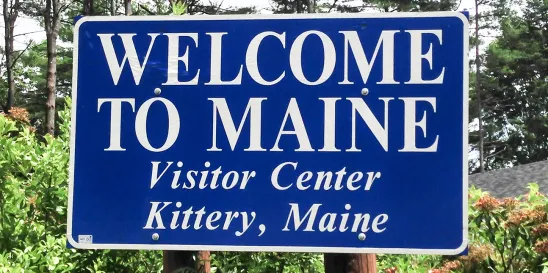The Maine Department of Environmental Protection (DEP) has posted for public comment its draft Chapter 375 rulemaking, which would establish a compensation fee for solar, wind, and “high-impact transmission line” projects.
This program is one of two compensatory mitigation programs that the DEP will propose, as required under recently enacted legislation, the second of which specifically targets solar projects built on high value agricultural land and will be subject to a later rulemaking.
The proposed rule is broad, applying to renewable energy projects that will cause adverse effects requiring off-site habitat improvements or preservation because the impacts cannot be avoided through alternative siting or project design.
Where such projects adversely affect specific habitat areas, large undeveloped habitat blocks, or core habitat above a threshold acreage, the developer must either propose and fund an off-site habitat improvement or preservation project or pay a compensation fee.
Acknowledging the complexity of determining whether a renewable project disrupts undeveloped habitat, the DEP has proposed a GIS map of large undeveloped habitat blocks for developers to use when siting such projects. The DEP has specifically requested comments on its identification of these blocks.
The rulemaking is intended to incentivize developers to site their projects on land that is already fragmented. Siting of renewable energy projects is often necessarily tied to transmission and other existing infrastructure, however, so ultimately the proposed rule and associated mapping may not achieve this regulatory goal. Nevertheless, establishing compensation fees — calculated on the amount, type, and value of the disrupted habitat — would insert regulatory certainty regarding compensation costs, which are expensive under the proposed rule.
The DEP will hold a public hearing on the proposed rule on March 7, 2024, and will accept comments on the proposed rule until March 18, 2024.





 />i
/>i
